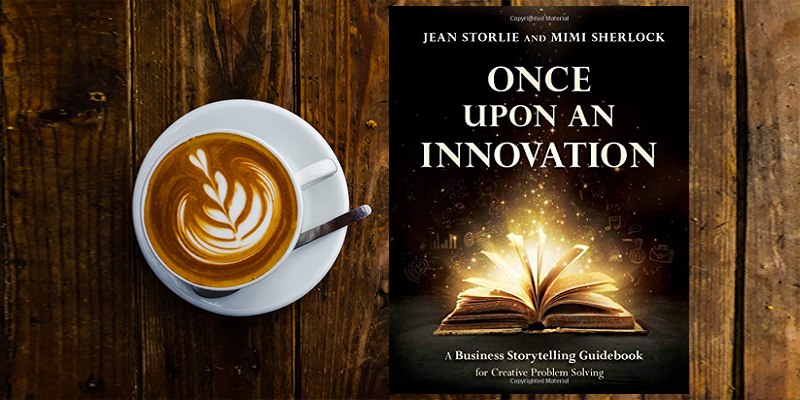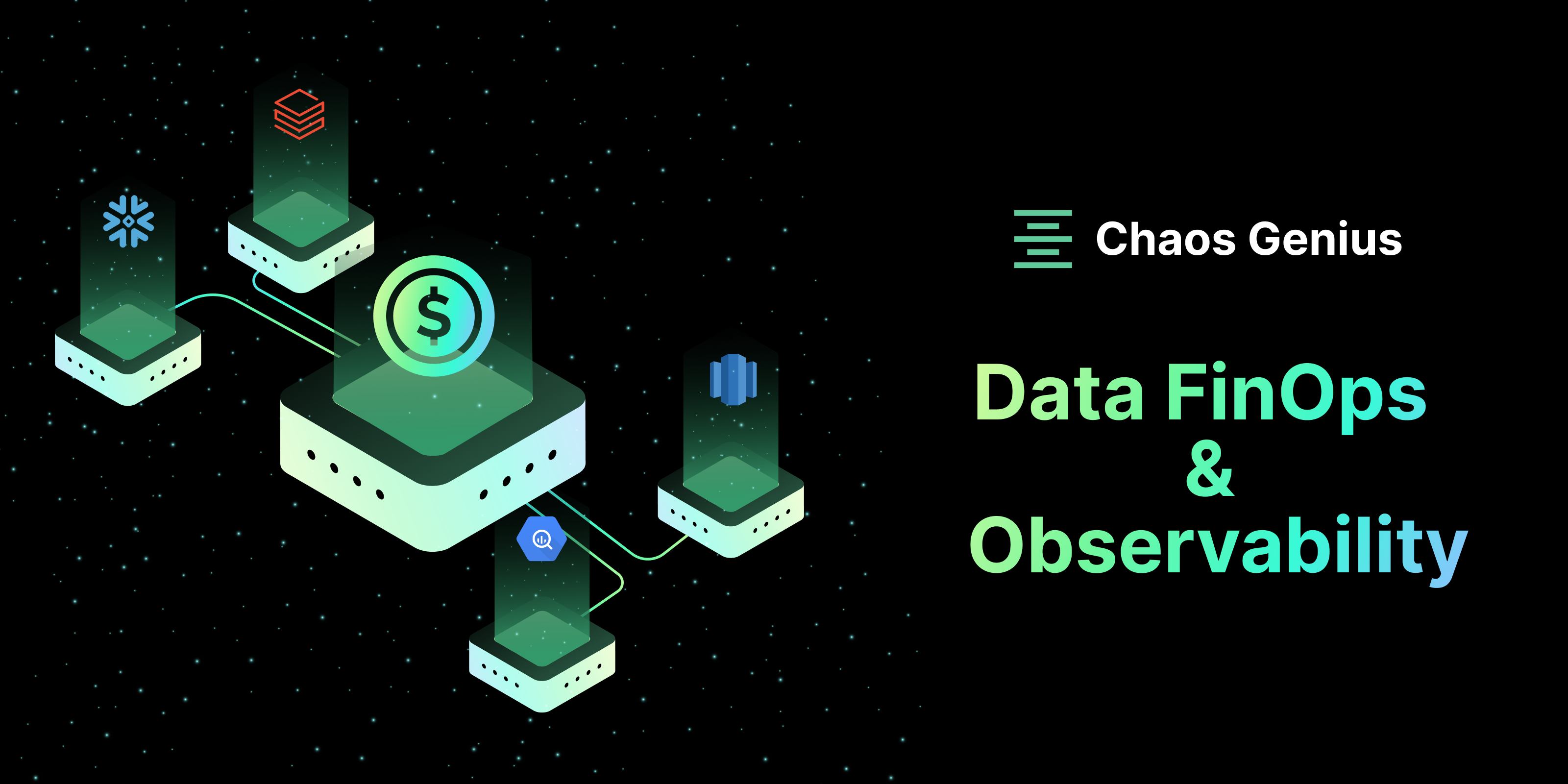Storytelling for innovation: a guidebook for entrepreneurs and changemakers
'Once Upon an Innovation: Business Storytelling Techniques for Creative Problem Solving' shares a wealth of insights, frameworks, and tools for innovators to harness storytelling in their journey. Here’s a sample.
Launched in 2012, Book Review section features over 250 titles on creativity, innovation, entrepreneurship, and digital transformation. See also our related columns The Turning Point, Techie Tuesdays, and Storybites.

Business communication and creativity come together in this handy book for innovators, Once Upon an Innovation: Business Storytelling Techniques for Creative Problem Solving by Jean Storlie and Mimi Sherlock. It shows how story approaches can be embedded throughout the journey of innovation and change.
Jean Storlie is owner and president of Storlietelling, and was earlier at General Mills. Mimi Sherlock is the Director of Global Strategic Insights for IFF Taste, and was the owner of Sherlock Creative Thinking. The two met at the 2014 Creative Problem Solving Institute (CPSI) conference, and built on their complementary strengths for this book.
Here are my key takeaways from the 150-page book, summarised in Table 1 (below) as well. See also my reviews of the related books Story 10X, Five Stars, Let the Story Do the Work, Whoever Tells the Best Story Wins, Stories for Work, Stories at Work, and Data Story.
Entrepreneurs should check out YourStory’s Changemaker Story Canvas, a free visualisation tool for startups and innovators. and Pitch Tips for Startups.
The book is well referenced, with five pages of cited sources. It combines research with practical tips and useful examples, and is a must-read for entrepreneurs, developers, innovators, marketers, and social changemakers.

Table 1: Storytelling and innovation (Image credit: YourStory)
Foundations
Stories can help energise teams, spark imagination, communicate with empathy and vision, and improve event impacts, the authors begin. They describe a story as “an episode that depicts a character struggling against an obstacle that may or may not be overcome”.
“The struggle leads to a new understanding or truth, and an emotional transformation or catharsis,” the authors explain. A story has elements of people, place, and action, along with emotional context.
“We believe coming up with winning ideas is only part of successful innovation. The other part is inspiring others to believe in a new idea’s potential, throw their support behind it, and help execute it,” the authors affirm.
“Stories bring ideas to life,” they add. Stories stimulate cognitive and emotional responses that help make better sense of data. Stories trigger associative thinking, which helps examine nuances and broader implications. Innovators should therefore blend an appeal to imagination and emotion along with data, analysis, logic, and critical thinking.
Each story arc consists of phases like stage setting, rising tension, turning point, resolution, and implications. Effective stories even evoke the senses, but avoid excessive detail. “A good story well told brings listeners along with the characters on their journey,” the authors explain.
“Innovation and change management go hand in hand,” they emphasise. Storytelling is an influence skill that can be used to engage with detractors in the innovation journey, and mitigate their negativity or convert them to advocates, the authors explain.
The book describe a range of steps for changemakers to explore “story gems” in their own past, bring out their deeper meaning, enhance them with details, and connect them to work. The stories can relate to impactful people, places, events, objects encountered in their lives.
Research background
The book builds on the work of Alex Osborn (regarded as the inventor of brainstorming) and Sid Parnes (International Center for Studies in Creativity), as well as a range of problem solving frameworks. Other related fields are design thinking, appreciative inquiry, and ethnography.
For example, the FourSight model is based on iterations across four stages: ideate (generate and select ideas), clarify (problem definition), develop (refine high-potential ideas), and implement (actionable offerings). The Team Dimensions Profile has four roles and focus areas: creator (possibilities), advancer (interaction), executor (realities), and refiner (analysis).
These different roles can also be combined in some people, eg. flexers and integrators. These models draw on the work of Gerard Puccio, Allen Fahden, and Srinivasan Namakkal. Other classifications of types are serious workers, bias-for-action leaders, and prolific ideators.
The book recommends methods like appreciative inquiry (developed by David Cooperrider and Suresh Srivastva). It helps develop future states through four phases: discover (what works well), dream (envision future processes), design (effective processes), and deploy (implementation).
The authors also cite the Myers-Briggs Type Indicators: extroversion–introversion, sensing–intuition, thinking–feeling, and judging–perceiving. Effective facilitators can ensure that these individual types collectively align without overwhelming others.
“Stories enable innovation across all styles,” the authors describe. Story approaches can be combined with team dynamics to ensure that all perspectives are properly aired and weighed.
The authors also cite Chip Heath and Dan Heath’s work on how stories make ideas “sticky” and get people to act. The book draws on Annette Simmons’ six core leadership story types as well: Who I am, Why I’m here, I know what you’re thinking, vision, teaching, and values in action.
Another referenced work is David Hutchens’ Circle of the 9 Muses: A Storytelling Field Guide for Innovators and Meaning Makers. It draws on universal plots in literature and movies like the quest, challenge, enigma, or redemption.
See also my reviews of the related books Rebel Talent, Disciplined Dreaming, The Innovation Code, and Entrepreneurial Strengths Finder. For example, Jeff and Staney DeGraff identify four key archetypes of innovation teams: artist (who loves radical innovation), engineer (who constantly improves everything), athlete (who competes to develop the best innovation), and sage (who innovates through collaboration).
Visioning
At the visioning stage, which begins the innovation journey, stories help changemakers in getting others to imagine new possibilities and get inspired to be a part of them, the authors say. “Facilitated sessions can help the leader and team collaborate to translate his or her vision into a shared narrative and action plan,” they add.
They describe a range of story-based techniques to help teams identify, clarify, and articulate a vision. Storyboards help connect dots and paint the bigger picture, which may not be clearly visible to others at first.
Clarification
Combining data and analytics with stories helps make sense of the context and trigger empathy. Listening to user stories is a key part of this stage, and helps unearth deeper emotional needs, painpoints, struggles, and aspirations. This requires immersion, observation, and interaction to build empathy maps, the authors explain.
They write: “Facts answer the what. Stories help you see the so what?” Stories humanise data, and go beyond the consumer profile to the persona and narrative. “Like a kaleidoscope, stories shift perspective to reveal new patterns and possibilities,” the authors evocatively describe.
Story-crafting techniques can help research teams present their findings from these user stories. Different voices can be used (eg. first, second, or third person), along with multiple media types.
Ideation
Story approaches can be used in ideation phases of divergent thinking (generating many options) as well as convergent thinking (evaluating options to make decisions), the authors show. “Stories spark the flow of ideas,” they write.
Divergent thinking calls for an element of playfulness, a nonjudgmental mindset, and building on a range of ideas. The convergence phase needs critical thinking tools to assess novelty and impact. Stories help team members immerse in the activity and get into the flow, but an element of respect and safety is needed for free discussion, the authors caution.
Organisational story sessions can lead to universal truths, variations of existing models, or multiple versions. Stories should be drawn from founders, employees, customers, partners or influencers.
Divergence leads to a “portfolio of ideas”, which can then be curated and clustered. The authors recommend that converging should be given as much time as diverging, and should not be rigid or random.
Prototyping and testing
In the prototyping phase, the authors advise that care should be taken to test assumptions and accommodate new findings or stories. This may even call for a change in action to ensure feasibility and demand.
Multiple customer stories should be factored in and recorded to help exploration and clarification. The authors suggest useful questions in this regard, such as Tell me a story about a time when, or Show me how, or even Tell me about yourself.
Extracts from customer interactions (“hero clips”) can be used for video, oral, and written customer stories. “Be careful not to twist the truth with your edits,” the authors caution. Innovators can frame their own responses with questions like How might we to address potentials and concerns.
The synergistic combination of analytical and creative approaches can yield better solutions, the authors recommend. “Stories coupled with prototypes can enable a more robust expression of the concept,” they add.
Stakeholder buy-in
Stories help in strategic framing for stakeholders through frameworks like the strategic arc. The authors show how to translate data and insights into cohesive and actionable strategy, and win stakeholder support.
The strategy arc consists of rising and falling stages like situation, challenge, pivotal insight (peak), strategy, and call to action. This helps package a great idea in a compelling story but without excessive detail, the authors explain.
They caution that innovators must know how to deal with resisters and not just assisters as they try to connect to influencers and decision makers. Relevant audiences can even be outside parties like regulators or the broader ecosystem.
Pitches
The authors recommend that stories be woven into pitches and presentations. There can be a mix of formal as well as humorous, and personal or professional stories, depending on the time available.
It helps to practise the stories in multiple formats and modes, including elevator pitches. “Stories are like snowflakes. Not only is each story different, but so is every telling of the same story,” the authors evocatively describe. They urge storytellers to develop their own unique styles, whether extrovert or introvert.
Group activities
The book is also packed with suggestions for group activities revolving around stories, right from room setup and props to gallery photos and seating design. Advance preparatory activities including reading materials, and stories to assess or submit.
Variations include silent reading, group reading out loud, roving conversational walk-arounds, cumulative rounds of comments on flipcharts, word limits on stories, and even skits. Informal story rounds can precede formal ones. Storytelling can be used to evoke story sharing as well.
Storytelling festivals and theatre classes are good ways to brush up story listening and crafting skills, the authors strongly recommend. Social media open up new dimensions as well. Continuous monitoring and practise help refine story expertise.
Stories can be the basis of creating memorable team experiences by combing intellect and emotions. “Casual storytelling fosters teamwork and camaraderie,” the authors add.
Resources
The book ends with useful resources like a glossary of terms and methodologies for design and interviews. There is also a quotes section with inspiring and witty messages, and it would be fitting to end this review with the sample below.
A picture is worth a thousand words. A story is worth a thousand pictures. – Michael Berman and David Brown
Stories give facts meaning. Facts give stories substance. - Annette Simmons
Nothing is more dangerous than an idea when it’s the only one we have. – Émile Chartier
The difficulty lies not so much in developing new ideas as in escaping from old ones. – John Maynard Keynes
There are no right answers to wrong questions. – Ursula Le Guin
The wise person doesn’t give the right answers but poses the right questions. – Claude Lévi-Strauss
If you have no critics, you’ll have no success. – Malcolm X
Creativity is a wild mind and a disciplined eye. – Dorothy Parker
Everything you can imagine is real. – Pablo Picasso
YourStory has also published the pocketbook ‘Proverbs and Quotes for Entrepreneurs: A World of Inspiration for Startups’ as a creative and motivational guide for innovators (downloadable as apps here: Apple, Android).
(Edited by Teja Lele Desai)












